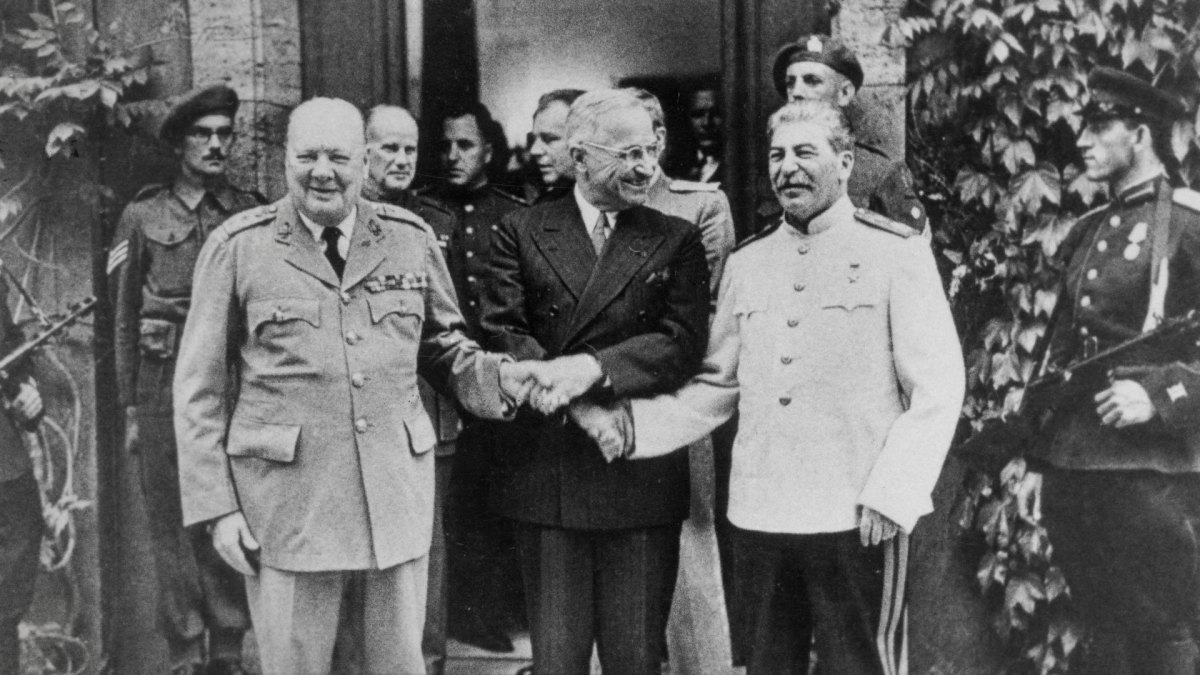The quarter century following World War II embraces the period conventionally identified as the cold war, even though in some respects a thaw had set in before 1970 and in others the hostilities of the cold war extended to the 1990s.
A source of international insecurity, the cold war nonetheless marked a period longer than that between World Wars I and II without a renewed full-scale world war.
However, the number of local and often intensely destructive and largely undeclared wars increased: wars of liberation in the European colonies, wars of nationalism in the Middle East, repeated wars between Israel and its Arab neighbors, a long war by the United Nations in Korea, a prolonged war in southeast Asia deeply involving the United States, insurgent wars in Cuba and Central America, and an intense conflict between Iraq and a UN coalition led by the United States.
Taken together, this warfare claimed more lives than did World War I, so that the interval since 1945 has been referred to by some analysts as a period of perpetual war to assure perpetual peace.

